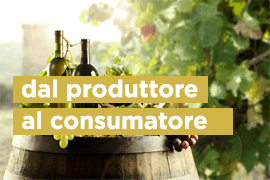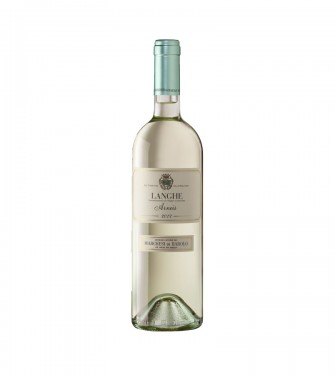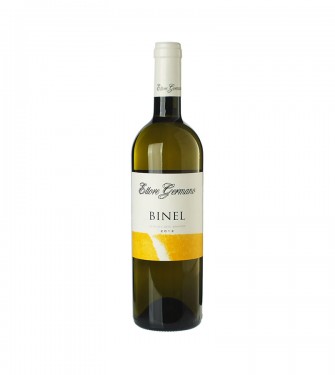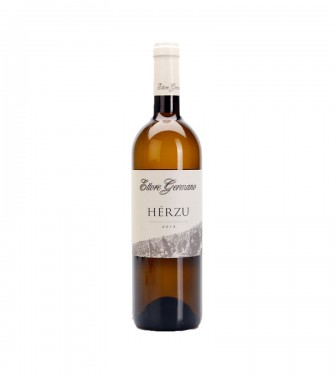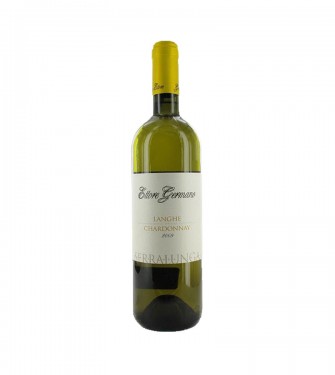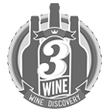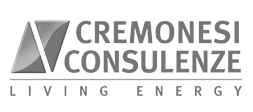products listing page
Langhe DOC WINES
The Langhe wine is produced from the Nebbiolo grapes that are separate from the grapes produced for other types of wine. Langhe wine is known for its high quality. The Nebbiolo grapes are grown in the Cuneo province of Piedmont. (continue)
-
Prezzo di listino: € 13,00Special Price € 12,00 -8%
-
-
-
Prezzo di listino: € 14,39Special Price € 11,99 -17%
Langhe DOC WINE
The Langhe wine is produced from the Nebbiolo grapes that are separate from the grapes produced for other types of wine. Langhe wine is known for its high quality. The Nebbiolo grapes are grown in the Cuneo province of Piedmont. Cuneo is a hilly region, providing the optimum condition for growing the grape. Langhe is also the name of the place where the grapes are grown. Langhe wine is found in two types. The two categories are the white wine and the red wine.Winemaking process
The white grapes are harvested in early October when they are at a good acidity level. The grapes are then cooled to a temperature of around 8-10 degrees. The purpose of cooling is to avoid the occurrence of unnecessary fermentation. The Nebbiolo grapes are then separated from the stems and pressed while cool temperatures are maintained. The clean product is then fermented with natural yeasts at a temperature of 14-16 degrees and fermentation is allowed to take place slowly.The red grapes are harvested once they are mature and at their ripest and also cooled to ensure fermentation does not take place. The grapes are then de-stemmed. From there fermentation takes place, a process that is conducted in stainless steel vats at controlled temperatures with the skins and residue. The wine is separated from the residue after acquiring the required color and aroma and left in ferment barrels to ferment before being racked several times.


